What savings apply in a gravel race? Here at FastFitness.Tips we have addressed almost everything about going faster on a road bike. But we haven’t specifically addressed going faster on a gravel bike.
If you want the short version here it is:
It’s exactly the same at road. All the same rules apply to gravel as they do to road:
Your body is 66%-90% of the aero drag (depending on your erm size )
Your position on the bike is the largest variable you can control
Your clothing is a major aero factor and the most overlooked
Tire pressure should be optimal (not too high & not too low)
Tire size should be optimal (not too thin and not too fat&heavy)
Drivetrain efficiency is important and 80% of this is from the chain
Wheel/spoke aero accounts for about half of all aero drag
Bag and bottle position is important & easy to get wrong
Always cut down on clutter to go faster
Surface conditions makes a huge difference (even the same gravel on different days!)
Position on the Bike
Start with position, you have to be comfortable for your event, and if its not a timed race, prioritise comfort above all else. But if it is a time race, and you are not drafting the whole time, then use the same position principles from road (or even TT) for gravel. Putting it simply, use aerobars where they are allowed and socially acceptable.
Tri2max found that aerobars saved CDA and watts….aerobars representing 4.1% increases in speed over the hoods (average of 4.1%), with aerobars improving speed 1.4% over the drops representing a power saving of 11%
Tops are at 0.4
Hoods at 0.35
Drops at 0.31
Aerobars at 0.29
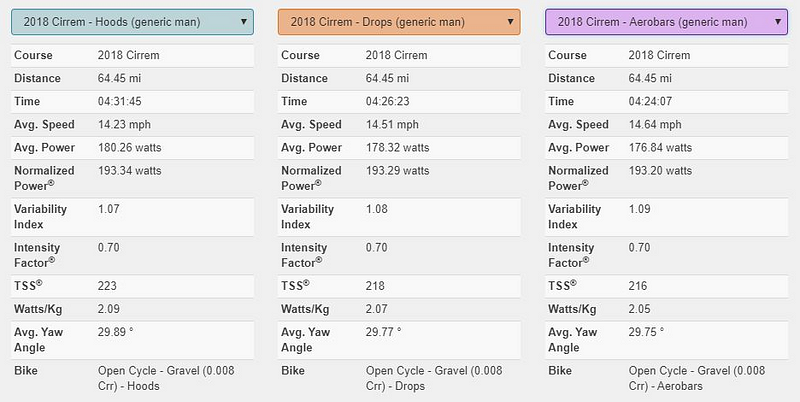
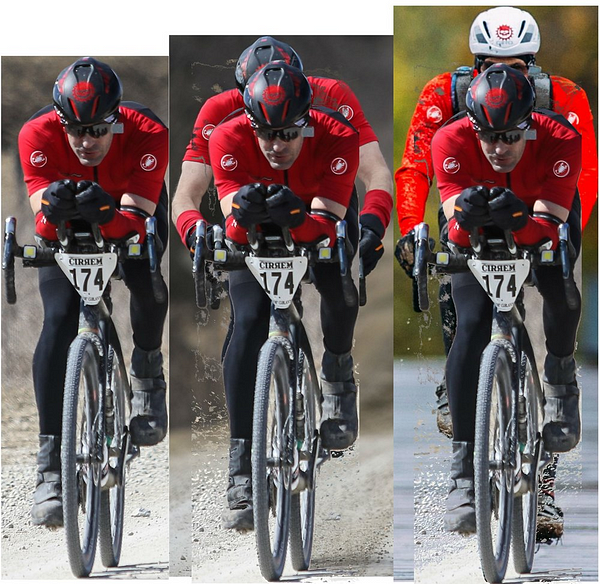
Tire Pressure & Tire Size
Every surface is unique, so one pressure does not suit all . However that’s why we created the surface calculator. Let’s say you are 160lbs (with bike) and riding moderately rough gravel…..then we would recommend 36mm tire at 36psi. But if you were 200lbs we would suggest a 37mm tire at 44psi.
Try your own data here https://fft.tips/surface
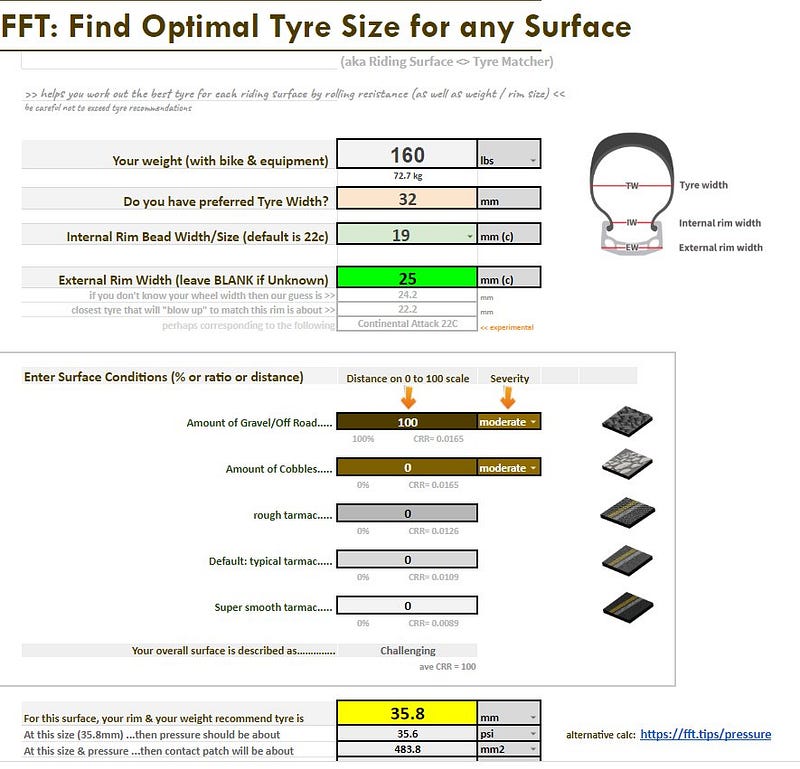
Drivetrain
The drivetrain is probably more important in gravel rides than normal road rides because conditions are dirty.
A dirty chain will easily cost you 10w and muddy chain 15w and these losses scale on slightly with power, so there is always a saving here.
Drivetrain losses
Wet Conditions = 3w loss
Dirty conditions= 8w loss
Muddy conditions = 15w loss
Fortunately the biggest saving is WAXING YOUR CHAIN. This will not only minimize the loss, but it will keep your chain cleaner and reduce wear and tear.

That said, some potential savings are so small they are effectively stupid.
Yes I am looking at you ceremicspeed with your gravel OPSW saving maybe 1watt for about 30mins until its gets dirty, when it saves nothing.
Ceramicbearings in the headset, pedals, BB or RDpulley are as close to cosmetic as you can get (vs quality steel)
If you have ceramicbearings on your gravel bike then you should be cleaning your bike every day to justify not losing those gains.
Wheel/spoke aero
Wheel and spoke drag is a often forgotten in gravel but is important. Consider the aero is MORE important at slow speed when judged by time savings. Average speed in events such as Dirty Kanza are around 20mph (32kph).
So the next question is how do you design are aero wheel for a tire than might be 35mm or 42mm or larger!? Actually ENVE and HUNT wheels have already looked at this and been into the wind tunnel.
Using the Schwalbe G-One 38mm tyre on rollers at 20mph/ 32kmh and yaw angles between -20° and +20° the following losses applied to the FRONT wheel (to the 200mile Dirty Kanza)……

As you see, a bad choice of wheel costs around 9w on a 38mm tire at 20mph and that is probably around 15w for front AND rear. In terms of time the loss was 415 seconds or 7minutes….probably at least 10mins for front and rear combined.
Bag and bottle position
Studies of bottle and bag aero drag show that size, position and material all have an effect. The following are illustrative losses at 20mph but they scale dramatically with speed.
Where is a good bag position?
- Behind you (aero backpack)
- Behind the saddle
- In the frame (but it would need to be solid not fabric)
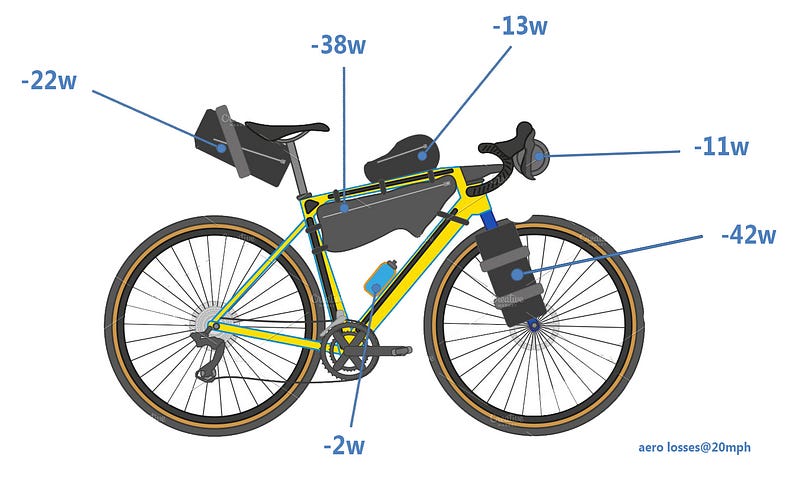
Cut down on clutter
The biggest trend in road for 2019 was disc, and for 2020 its integration. You can save 5–10w by tidying up cables and other cluttter on your bike. Two gravel bikes have been released which do the same:
Ridley Kanzo Fast
Ridley claims that (at an unspecified speed doh!), the Kanzo Fast saves 17 watts over an “ordinary gravel bike” and is within 4 watts of their aero bike the Noah Fast
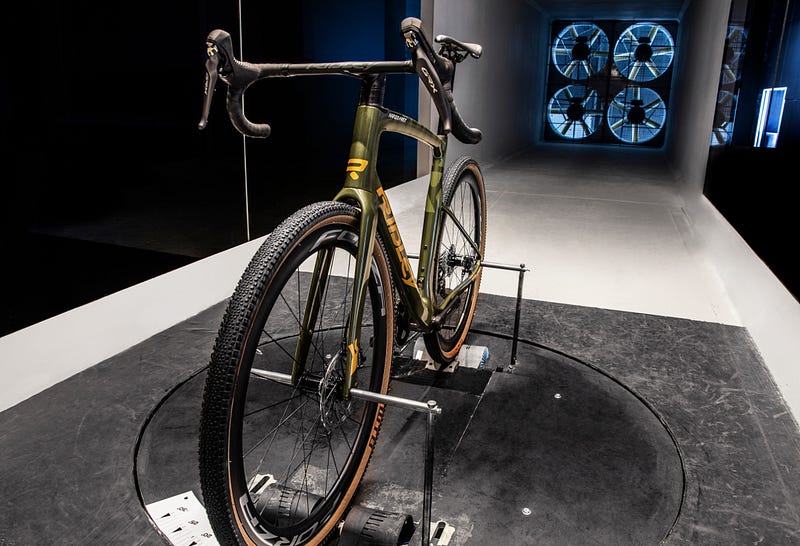
Ridley Kanzo Fast in the Wind Tunnel
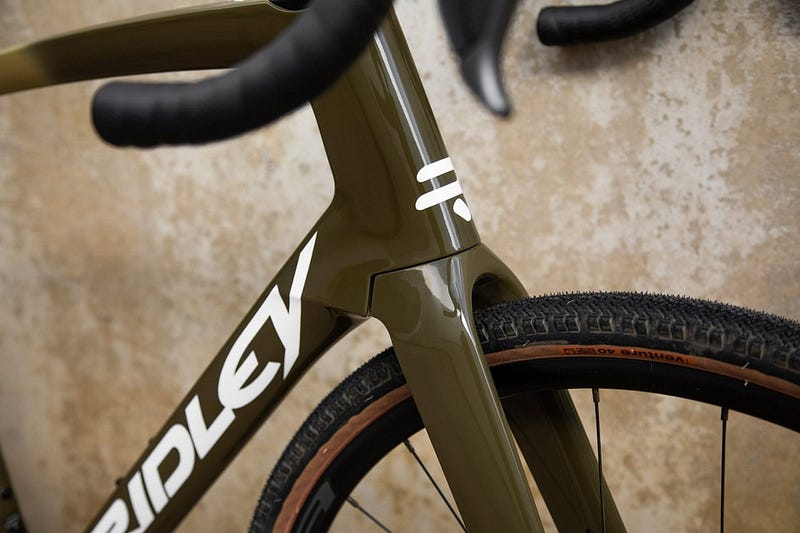
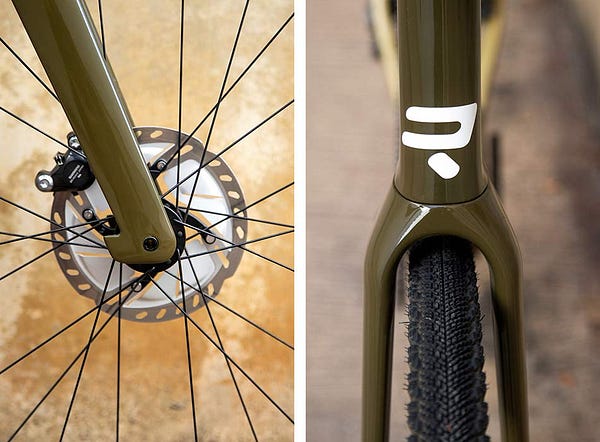

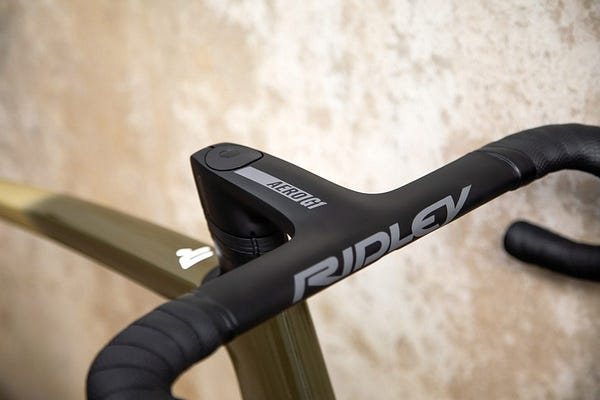
The other bike of note is the Ribble CGR HRD sl
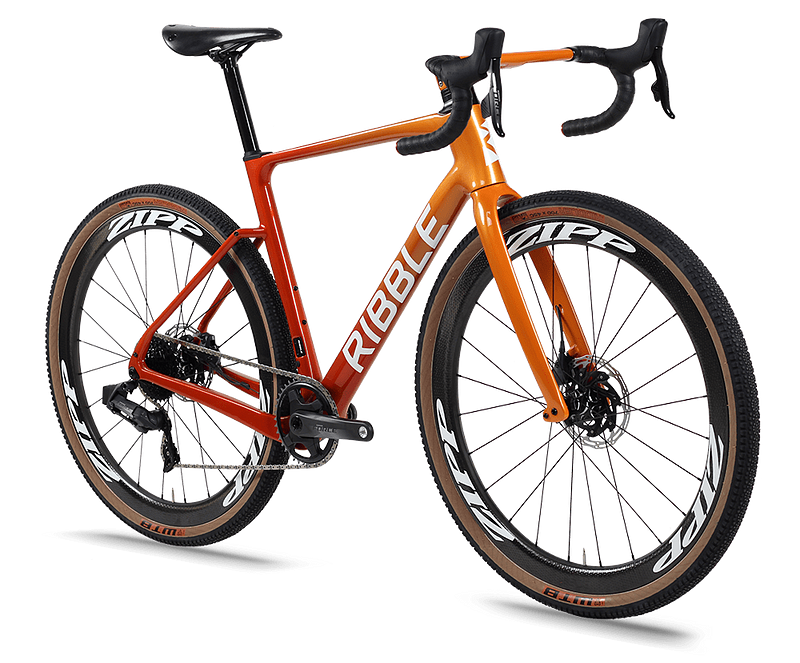
Summary
Everything we learned from road, applies to gravel. Sure, I have no argument that comfort and endurance might be your main goals off road. However if you are in a race, there are lots you can do to save watts and time……in fact these could add up to over 200w!!

